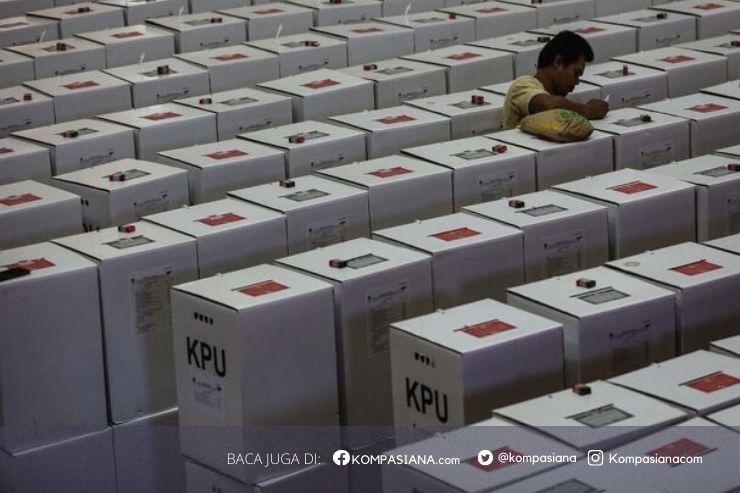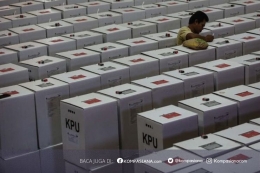Water management is crucial, especially in areas prone to flooding or drought. Techniques such as rainwater harvesting, drip irrigation, and the construction of water-conserving terraces can help maintain crop production during dry spells and reduce water waste. Crop diversification is another important strategy, allowing farmers to spread risk and increase resilience against pests, diseases, and market fluctuations.
Rice intensification methods, which optimize water and seed usage, can lead to higher yields and lower costs. The System of Rice Intensification (SRI), for example, has been successful in various parts of the world. Singkil could also promote intercropping, where different crops are grown together to maximize use of space and resources, while also reducing the spread of pests and diseases.
Community-based resource management can empower local farmers and ensure that agricultural practices are tailored to the specific needs and conditions of the area. This includes forming cooperatives or farmer groups to share knowledge, resources, and access to markets. The use of technology and mobile applications for agricultural advice, market information, and direct sales can also play a significant role in modernizing agriculture in Singkil.
Lastly, investment in research and development is essential for the continuous improvement of agricultural practices. Collaborations with universities, government agencies, and NGOs can lead to innovations in crop varieties, farming techniques, and post-harvest processing. By focusing on these specific agricultural practices, Singkil can work towards a more productive and sustainable agricultural sector.
Encouraging farmers in Singkil to adopt sustainable practices requires a comprehensive strategy that addresses both the immediate needs and long-term goals of the agricultural community. Education plays a pivotal role; by providing training and resources on sustainable techniques, farmers can learn the benefits of practices such as crop rotation, organic farming, and efficient water use. Demonstrating the economic advantages of these methods, such as lower input costs and higher-quality yields, can also motivate adoption.
Financial incentives are another effective tool. Subsidies for sustainable inputs or tax breaks for eco-friendly practices can make the transition more appealing. Additionally, establishing markets for sustainably produced goods can offer farmers a premium price for their crops, further incentivizing the shift.
Community engagement is crucial. By involving farmers in the decision-making process and listening to their concerns and suggestions, policies can be tailored to meet their specific needs. Farmer cooperatives can also provide a platform for sharing knowledge and resources, making sustainable practices more accessible.
Infrastructure development can facilitate sustainable farming by improving access to water, renewable energy sources, and markets. Investment in research and development can lead to new, more resilient crop varieties and farming techniques that are better suited to local conditions.
Finally, policy and regulatory frameworks that support sustainable agriculture can create an environment where sustainable practices are the norm rather than the exception. This includes enforcing environmental regulations, providing land tenure security, and integrating sustainability into agricultural education at all levels.
By combining these approaches, Singkil can create a robust support system that encourages farmers to adopt sustainable practices, ensuring the long-term health of the land and the prosperity of its agricultural community.
Sustainable farming practices are being successfully implemented across the globe, showcasing a variety of approaches that cater to different environmental and socio-economic contexts. In Denmark, for example, farmers have embraced crop rotations and cover crops to maintain soil fertility and resilience. This integration of livestock and crop production has resulted in a thriving agricultural sector that not only sustains the local food needs but also contributes to global markets.







